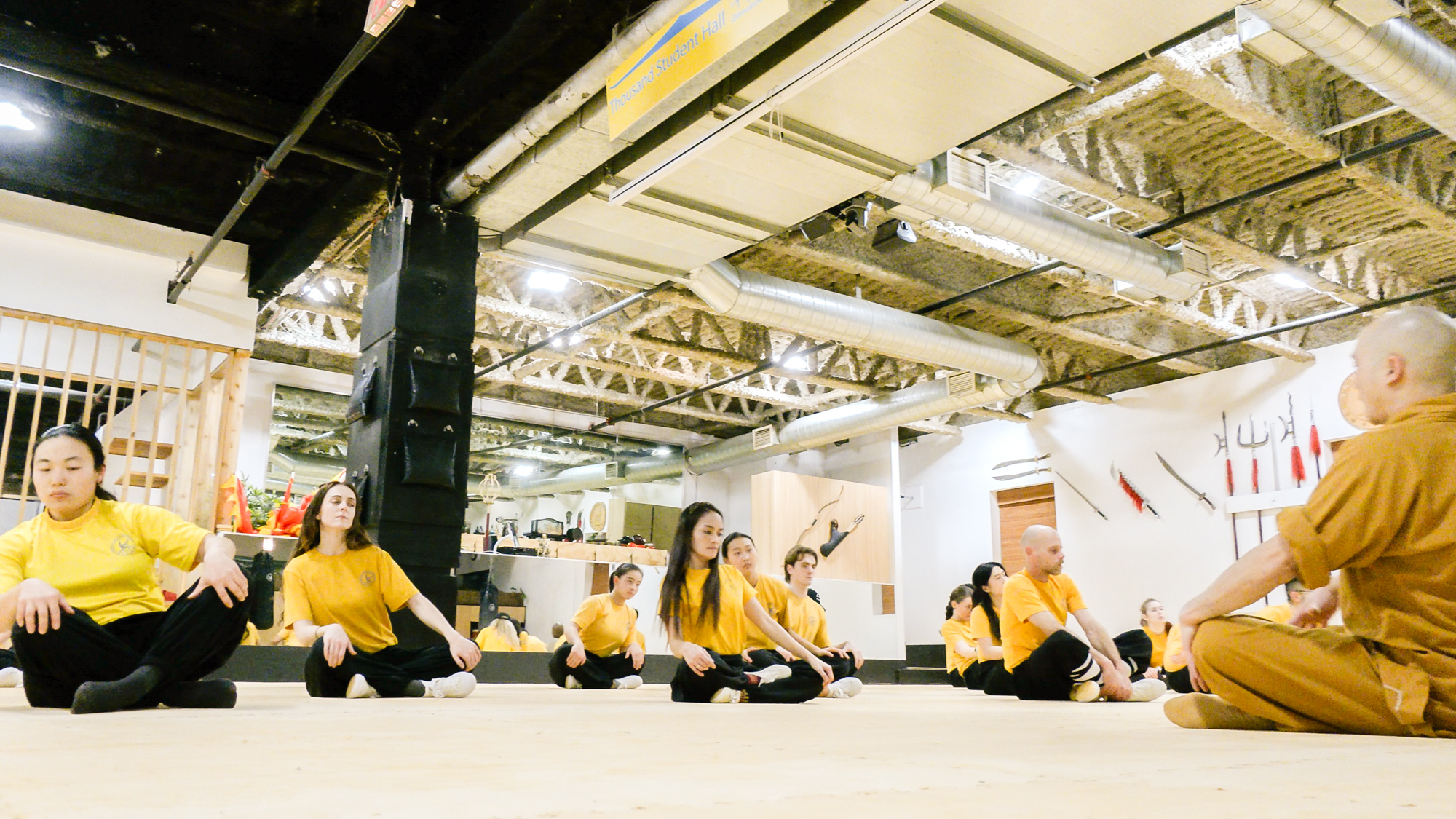What is Shaolin Qigong?

Shaolin Qigong is the practice of energy awareness, cultivation, circulation, and development for a fruitful life.
These generally include soft, relaxing, and easy to do exercises such as practicing breathing techniques and forms that combine breath with movement to enhance circulatory systems.
One of the most important exercises in qigong is to develop the awareness and understanding of Qi.
We can write and talk about it all day, but it doesn't mean anything until you can feel it.
In other words, if you want to seriously learn Qigong, you need to become aware of Qi, be able to feel it, and experience its many variations.
Once you can feel it, you'll be able to grasp intermediate theory and develop your ability to cultivate it. This is where Net Qi comes into play and will become a future blog topic here.
When you are able to cultivate excess Qi, you'll be able to grasp advanced theory and learn how to move different kinds of Qi (called Subtle Qi) in the body.
Finally, it's important to note that the whole point of practicing Shaolin Qigong is to live a more fulfilled life.
This will mean something different for every person, but perhaps you will consider that a fruitful life means being able to enjoy the things you want to now and in your elderly years.
Qigong may very well be the most wholistic approach to enjoyment of life.
















 YouTube
YouTube Twitter
Twitter Facebook
Facebook Instagram
Instagram Discord
Discord